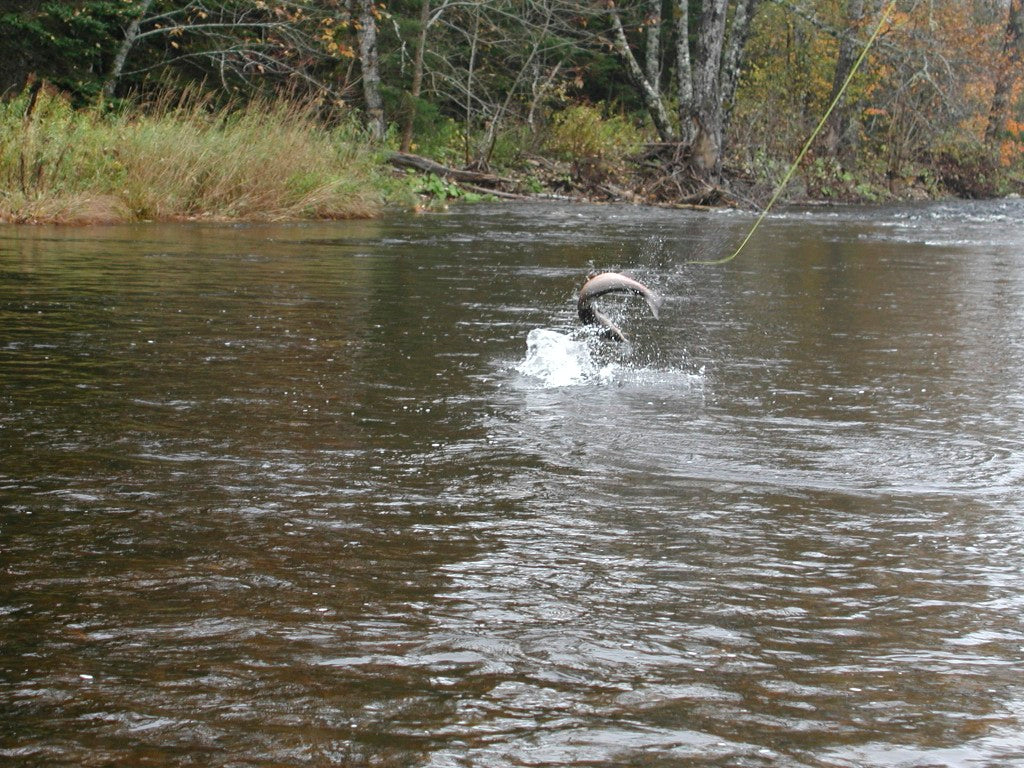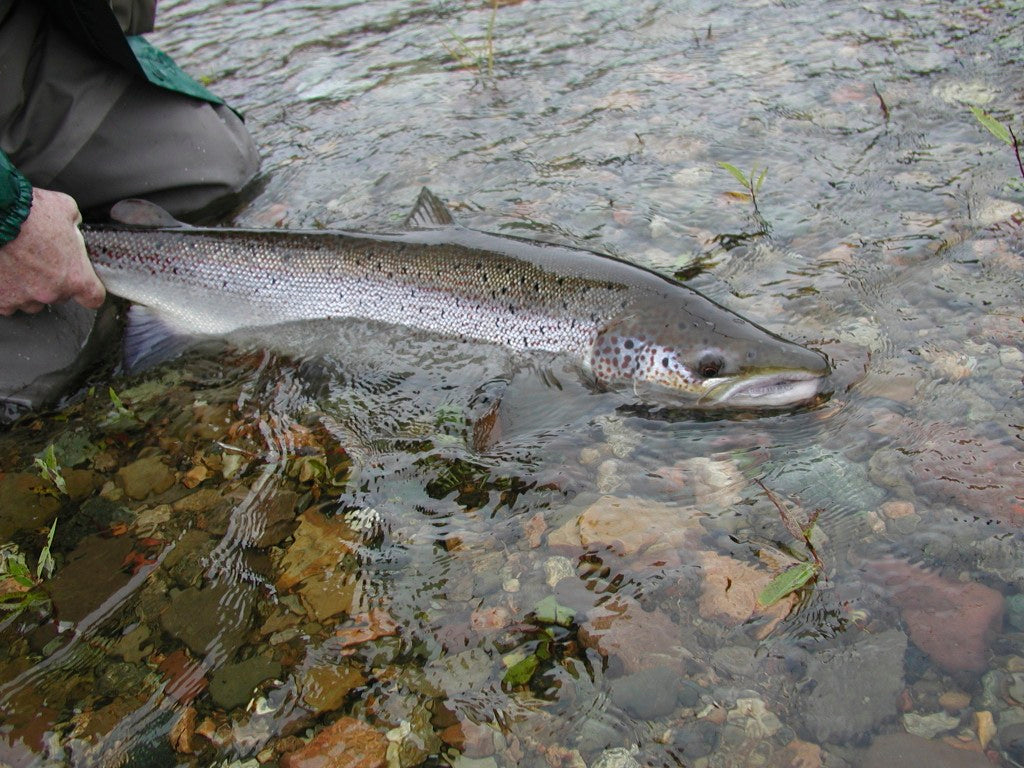Your Cart is Empty
Menu
-
- New Arrivals
- Sale Tackle
- Want To Buy
- Rods In Stock
- Reels In Stock
- Other Tackle
- Our Rods
-
One of our longstanding rod models with classic cane color and a slightly more moderate action.
-
One of our most recognizable rod models with a deep flamed color and crisper action.
-
These are our limited edition models, only released every few years.
-
A lot goes into crafting a bamboo fly rod and here you can learn more about our approach.
-
- Our Story
- Resources
- Sell Tackle
-
- Contact Us
- Join Our Email List
- 413-773-9920
- Login

0
Your Cart is Empty












Ed Page
June 18, 2017
I have two bamboo salmon poles that belonged to my father. so, they are probably from the 1940’s or early 1950’s. I don’t fish so I want to sell them. BUT are they worth anything? I have no idea. Can you give me an estimate as to their worth. They have no reels. Thanks, ed